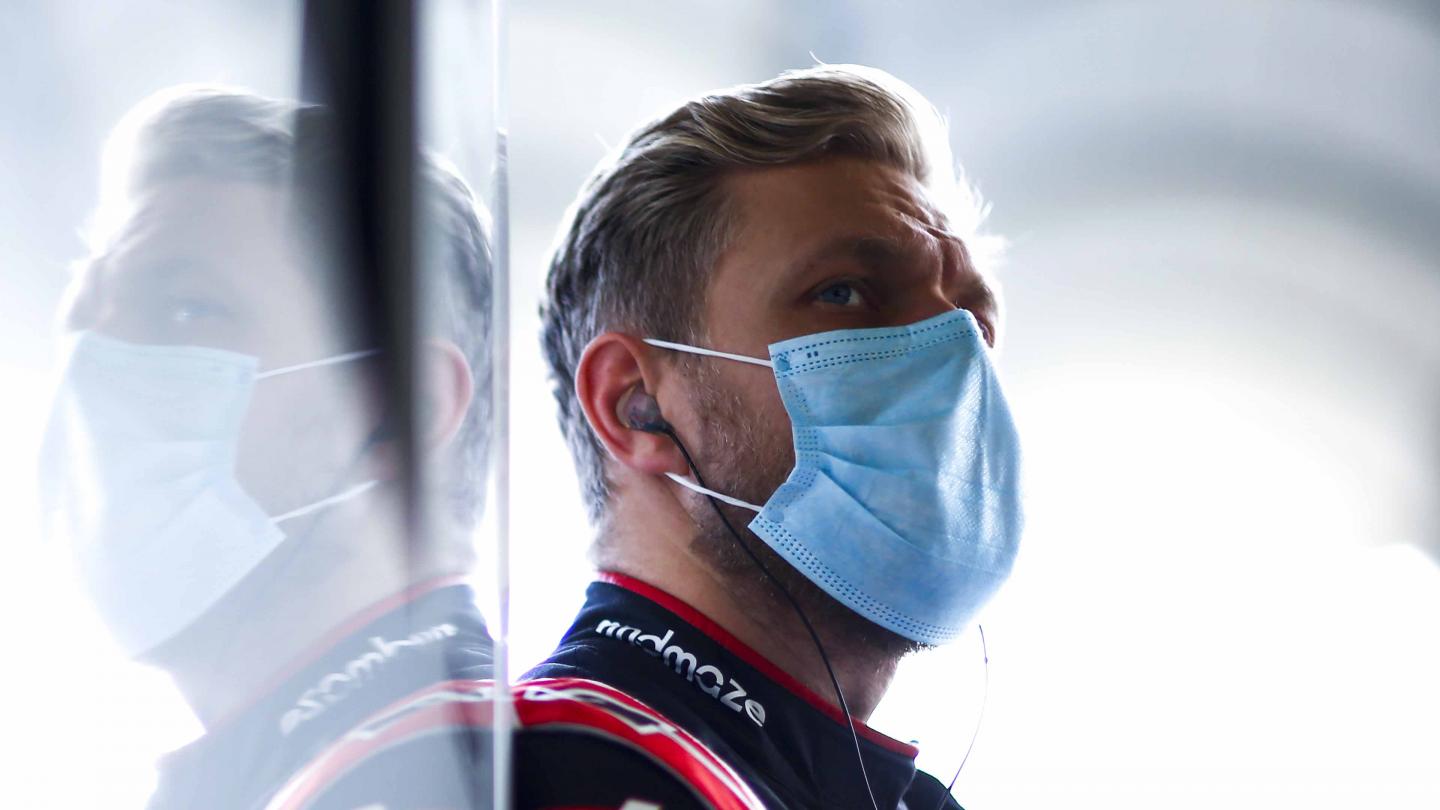Kevin Magnussen Q&A: Bahrain Grand Prix
November 25, 2020
The Bahrain double-header is coming up as Formula 1 reaches its last leg of the 2020 season - here's Kevin's preview.
The Turkish Grand Prix was a weekend unlike any another seen in Formula 1 in recent memory. Now you’ve had a bit of time to digest events from Friday through to Sunday – what’s your take on how events played out and the challenges, notably the sheer lack of grip, drivers faced from start to finish. Did you embrace the challenge, or did it detract from the potential of what might have been?
“I think the Turkish Grand Prix was made more interesting by the lack of grip on the track and the extreme conditions that we faced – especially for a team like us. Having one of the slower cars, it meant that you could make a bigger difference as a driver. That was a challenge that I really liked. It actually made the race a bit of an opportunity for us. While we missed out, it wasn’t because of lack of pace, we actually had the pace to be fighting for points because of those conditions, and the fact that the field was levelled out a little bit.”
The traditional grand prix layout at Bahrain International Circuit has seen you qualify in the top six in the past two seasons. How would you describe the circuit and what do you need from your car to get a fast lap around its 5.4km layout?
“I don’t think there’s too much that you need from the car that you don’t need on other tracks. You need some good traction, but you do also need some good front. It’s a track that’s hard on the tires, so in the race you need to be able to manage the rear tires especially – at least on the traditional Bahrain layout. In qualifying you need the same as always, a good balanced car.”
The Sakhir Grand Prix will utilize Bahrain’s shorter, faster 3.5km Outer Track layout. As it marks the first time Formula 1 cars will have raced on that configuration, what can we expect to see in terms of lap times and the layout lending itself to overtaking and hard-charging racing?
“We’re going to be racing on a pretty unique track for the second race in Bahrain. It’s going to be interesting to see. You’re going to want to have good power and low drag – you need an efficient car. We’ll see how it goes.”
We’ll be racing under the lights twice in Bahrain and again at the season finale in Abu Dhabi at the end of this triple-header stretch. What are the biggest challenges faced with a night race?
“The main thing with night races is that on those race weekends you do two of the free practice sessions in the day. The cars and tires behave very differently in the day, compared to the night, as the track is way cooler in the night and that obviously affects how the car behaves. Setting up the car on these weekends can be challenging. You have to have a good FP2 as that’s the only practice session you have in the dark. You almost have to ignore the flaws of the car in FP3 and not react too much as qualifying is then in the night again. That’s the main challenge of these night races. The tracks are almost then better lit at night than they are during the day. You have things like shadows during the day, which you then don’t have at night because you have the lights from all angles. It’s very good visibility.”